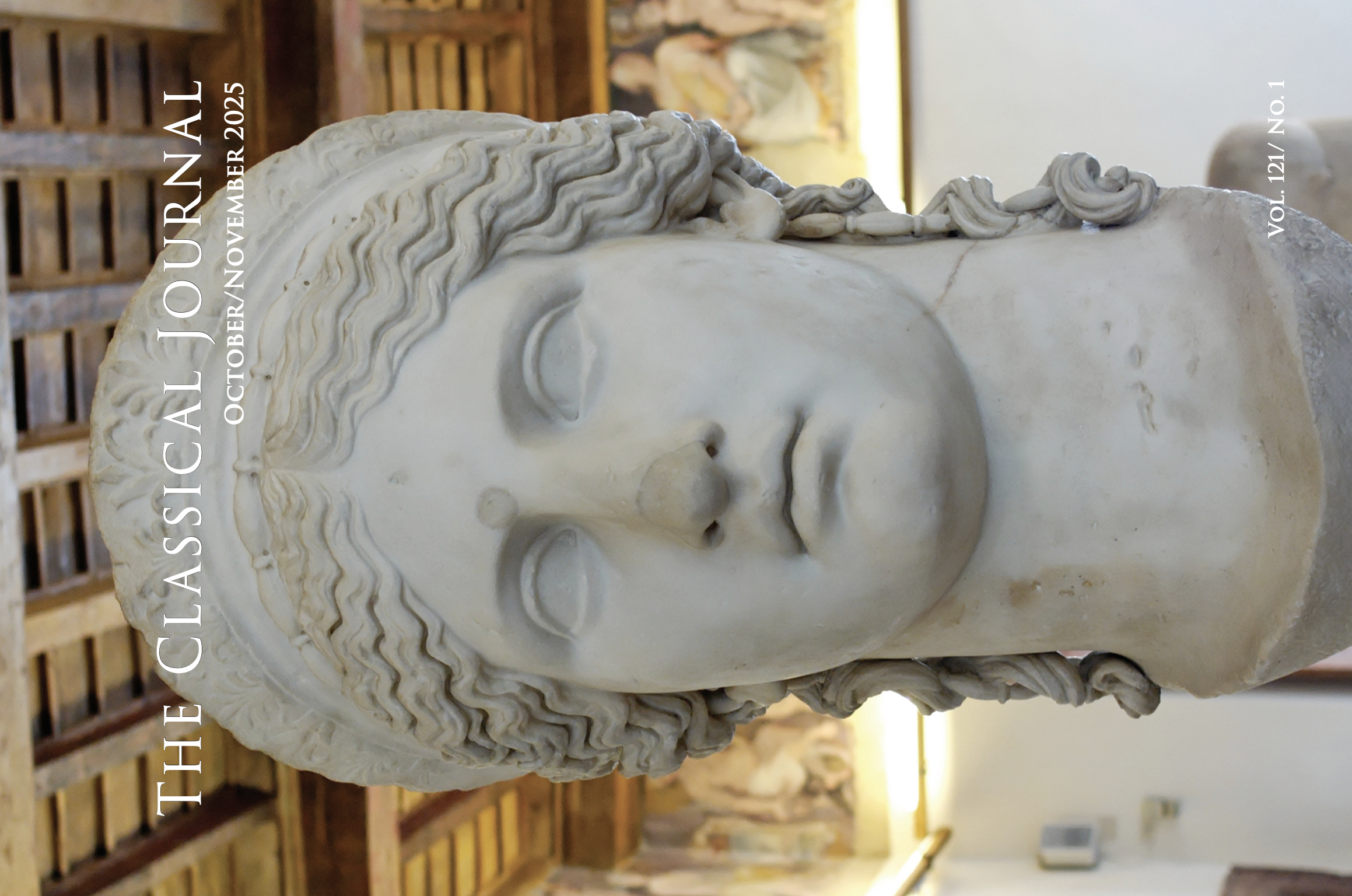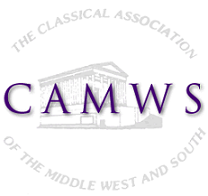The following articles are contained in CJ
101.1
Abstracts of Articles
SOME INVERSIONS NOT RIGHTED: A NOTE ON AESCHYLUS' EUMENIDES
In the Oresteia Aeschylus colors numerous recurrent images with negative and twisted associations through most of the trilogy but restores their positive connotations at the end of Eumenides' fertility, light, ritual and sacrifice, etc. Notably missing, however, is any such righting of the twisted sexuality prominent early in the trilogy (e.g., Ag. 601'4, 1388'92, 1447), an omission especially notable given that just a few years earlier Aeschylus had handled this theme so positively in Danaids (fr. 44). Eumenides refers to marriage and children, but its approach to sexuality is to ignore and contain rather than to confront and restore.
PAX DUELLO MIXTA: DEMOSTHENES AND THE RHETORIC OF WAR AND PEACE
Definition and perception-structuring are key themes in Demosthenes'
polemic against the Athenian 'peace party,' represented schematically as playing
down the Macedonian threat and playing treacherously into Philip's hands. In
both the theoric and Peace debates he deconstructs their populist rhetoric to
re-frame the situation from 'patriotic' perspective: first the theorikon is
criticized as a political instrument used to distort perceptions and encourage
denial by deliberately blurring the line between war and peace; then in an
acrimonious 'language war' Demosthenes scrutinizes and disentangles the
contested notions of 'war' and 'peace' to validate his own interventionist line
against their rhetoric of quiescence.
THE FIRST ELOQUENT STOIC: CICERO ON CATO THE YOUNGER
Through a contextualization of the Ciceronian evidence for Cato the
Younger's oratorical practice, this paper challenges the conventional
interpretation of the Paradoxa Stoicorum 3, and thereby argues that Cato was the
first Stoic to recognize the limitations of the traditionally jejune Stoic
oratorical style and therefore to incorporate some oratorical embellishments
into his public speaking. This recognition of Cato's innovation in Stoic
oratorical practice justifies and illuminates Cicero's claim at Brutus 118'19
that Cato was the first eloquent Stoic.
AUSONIUS' ELEGIAC WIFE: EPIGRAM 20 AND THE TRADITIONS OF LATIN LOVE POETRY
Ausonius Epigram 20, addressed to his wife, opens with a declaration
of allegiance to the Latin erotic tradition (uxor, vivamus) recalls the opening
of Catullus 5 (vivamus, mea Lesbia), and goes on to incorporate verbal and
thematic reminiscences from love elegy. At the same time, it departs radically
from the most basic premise of that tradition, since the addressee of a Latin
amatory poem is presumptively not the speaker own spouse. Thus, within its brief
compass, the poem succeeds in reorienting the language of Latin amatory poetry
by appropriating its specially coded vocabulary for a matrimonial context.


